Raik Laird
Advisor: Dr. Mercedes Garcia Holguera
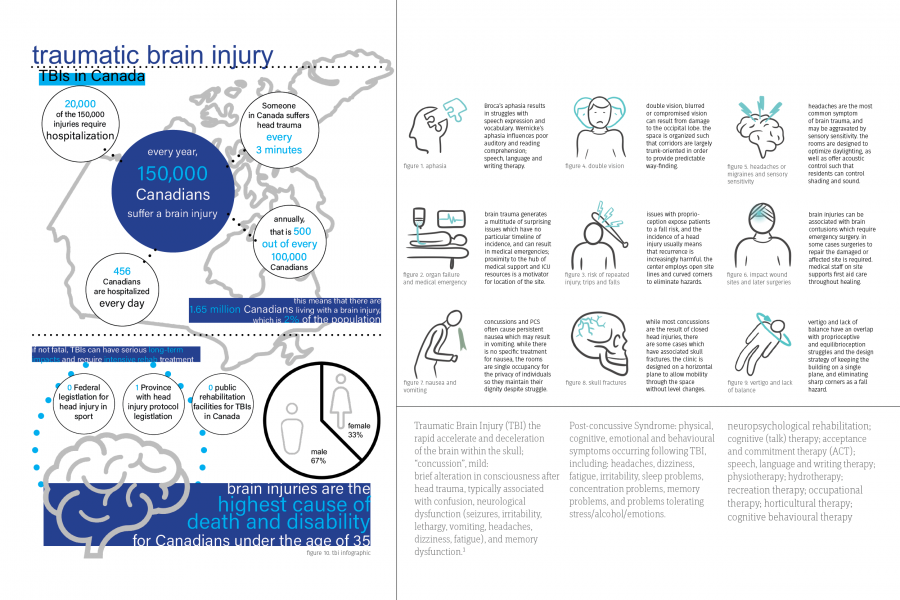
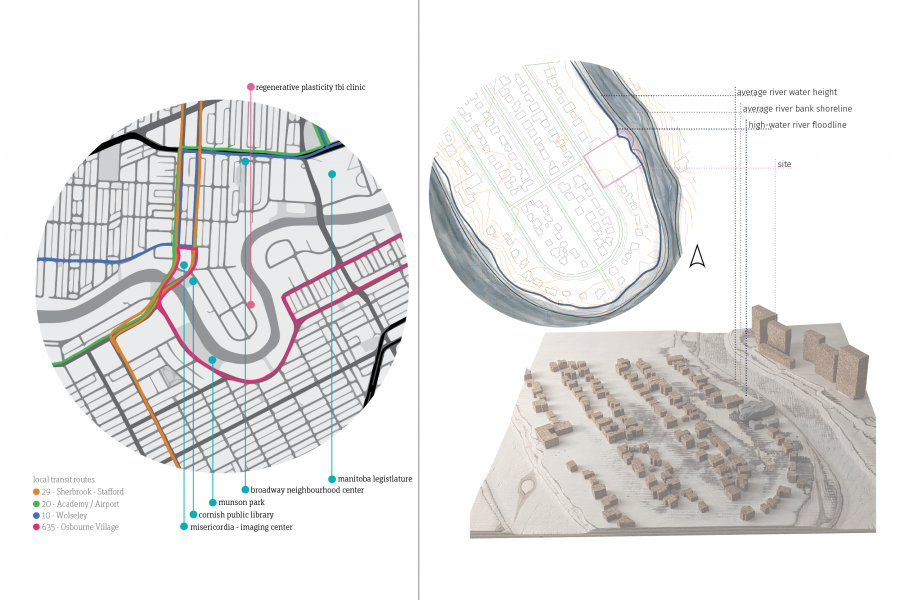
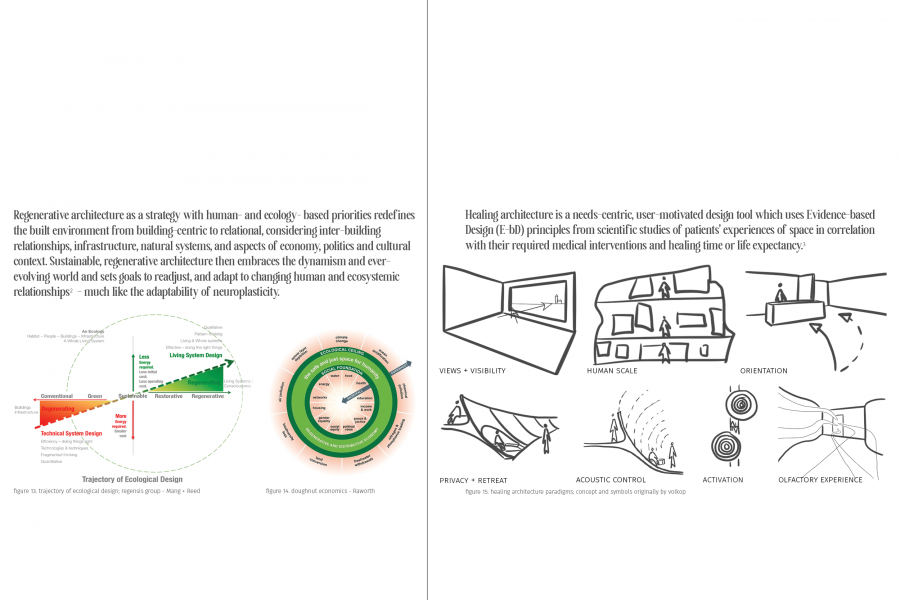
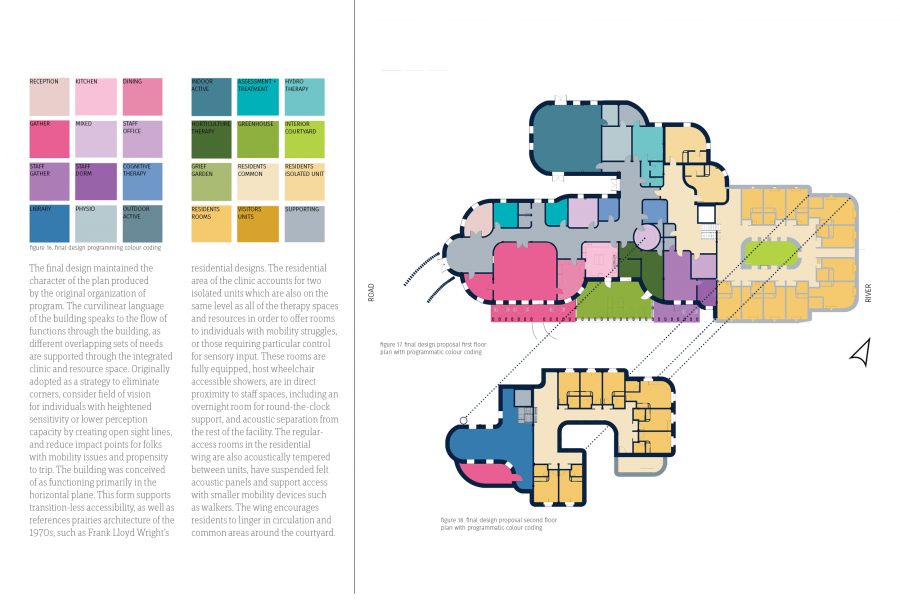
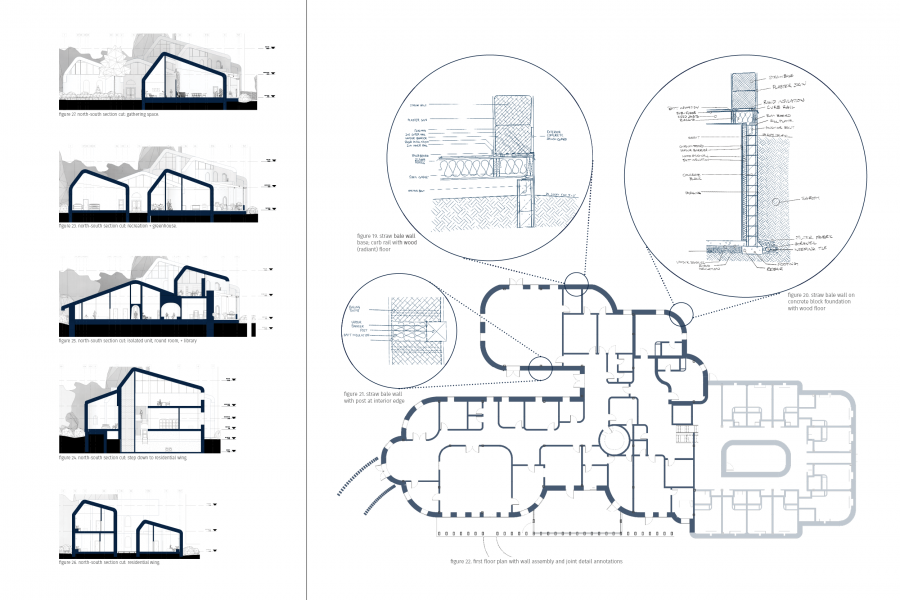
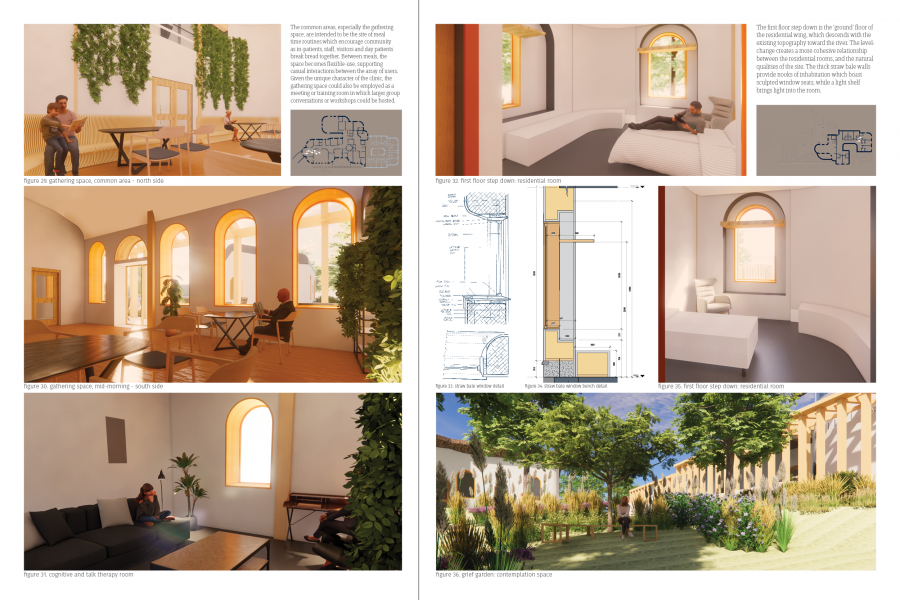
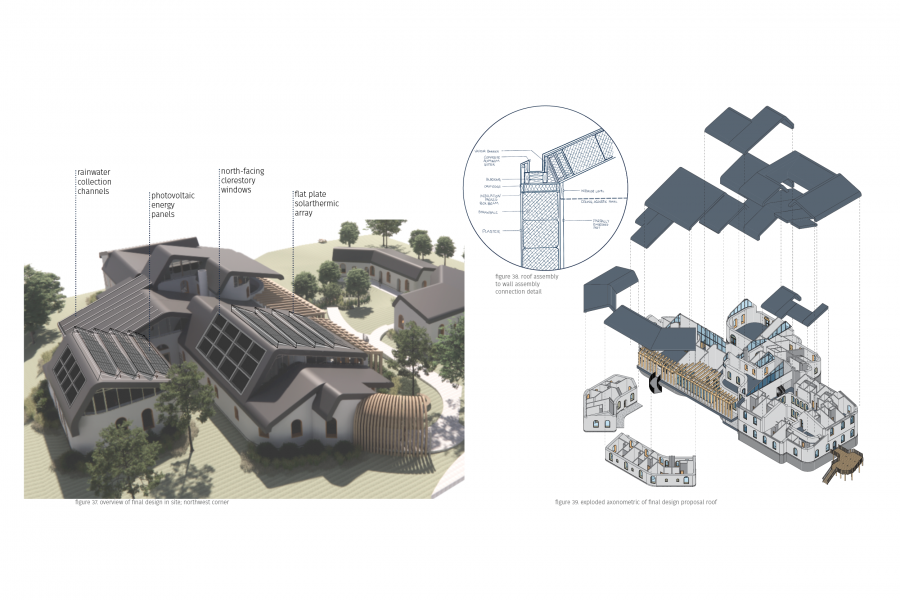
Plasticity towards Eudaimonia: an Architectural Proposal for Regenerative Rehabilitation following Traumatic Brain Injury
This project seeks to understand the meaning of plasticity and the way in which it enables regeneration towards eudaimonia. Plasticity is typically understood as terminology associated with the phenomenon of short- and medium-term neurological changes which enable humans to functionally recover abilities following traumatic brain injuries (TBI).1 Regeneration within the context of neuroscience includes mechanisms such as the synthesis of new neurons and connections which provide resources in place of those compromised by the injury, and which ultimately contribute to long term recovery of functionality.2 While these concepts of rehabilitation address the process by which functionality may be physically achieved, eudaimonia is a term espoused by Aristotelian ethics which refers to the “condition of flourishing and living well.’3 Plasticity as a description of flexibility which may enable the regeneration of the physical is similarly applicable to embracing an integrated design process towards a sustainable architecture that may rehabilitate both its site and its inhabitants.
This project will investigate the user-group needs associated with traumatic brain injury treatment following release from intensive care (ICU), and prior to the patient being completely reintegrated into their pre-injury daily lives. Canada currently suffers a deficit of facilities specific to this transitional space of rehabilitation, which is closely linked to the current perception of head injuries which ignores the deep-seated struggles of living with an invisible injury. This proposal seeks to ease the transition of recovery, demystify neurological struggles associated with brain injuries through community involvement and visibility, and provide a continuing support system for sufferers’ and their loved ones. The selected site is in the context of a neighbourhood-scale community which is well connected to public transit in an effort to make it approachable and accessible, as well as being situated within reasonable distance of hospitals and supporting resources. Thus, this thesis seeks to propose an architectural design solution which is sensitive to the eudaimonia of humans, within the context of rehabilitation post-TBI, as well as the mutual flourishing of the ecosystem surrounding the built environment.
1. Palaniappan Ganesh Nagappan, Hong Chen, and De-Yun Wang, “Neuroregeneration and Plasticity: A Review of the Physiological Mechanisms for Achieving Functional Recovery Postinjury,” Military Medical Research 7, no. 1 (2020), https://doi.org/10.1186/s40779-020-00259-3.
2. Nagappan, Chen and Wang, 2020.
3. John M. Oldham, “Eudaimonia,” Journal of Psychiatric Practice 28, no. 2 (2022): pp. 91, https://doi.org/10.1097/pra.0000000000000616.
